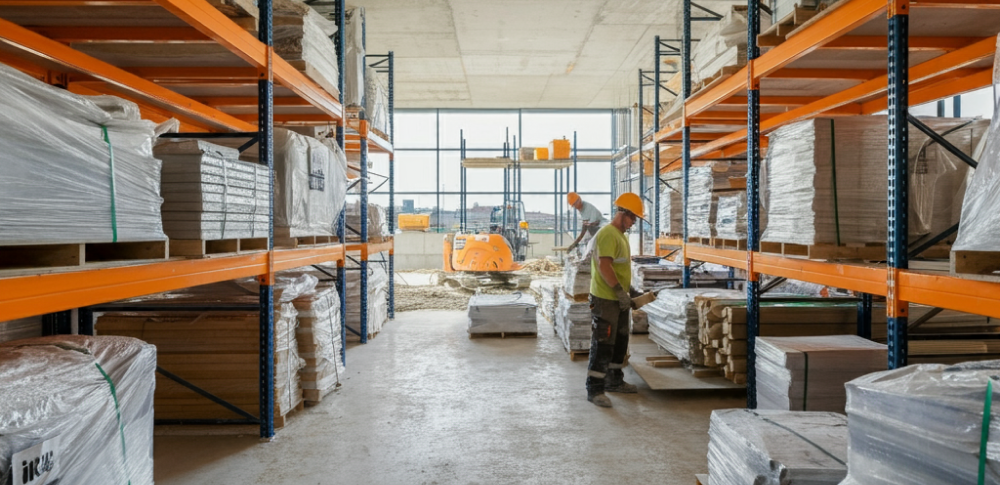In construction, material procurement is a critical step that influences a project’s budget, timeline, and overall quality. Striking the right balance between cost and quality is a constant challenge for contractors and project managers. While cost-effective options might seem appealing, poor-quality materials can compromise structural integrity, increase maintenance costs, and lead to long-term issues. Conversely, over-prioritizing quality can inflate budgets unnecessarily. Achieving this balance involves strategic planning and informed decision-making.
Procurement begins with understanding the unique requirements of the project. Each material has a role to play, whether in structural stability, aesthetic appeal, or durability. For example, high-quality concrete and steel are non-negotiable for foundational work, while decorative elements like paint or tiles allow for more flexibility in cost without significantly affecting the project’s outcome. Assessing where to allocate resources ensures that the most critical aspects of a structure are never compromised.
Another key step is conducting thorough market research. Reliable suppliers can provide insights into the availability and cost of materials. Establishing relationships with trusted vendors often leads to better deals and ensures the authenticity of materials. Testing materials before purchase is equally important to avoid counterfeit or substandard products that might not meet safety standards.
Cost-efficiency in procurement often comes from smart negotiation and bulk purchases. Many suppliers offer discounts for larger orders or long-term partnerships. However, while aiming for cost reductions, contractors must remain cautious about deals that seem too good to be true, as they often signal compromised quality. Maintaining a balance between affordability and material performance is vital for ensuring both short-term and long-term project success.
Another critical consideration is lifecycle costs. Durable materials may have a higher upfront price but can save costs over time by reducing maintenance and replacement needs. This perspective not only ensures financial efficiency but also aligns with sustainable building practices, which are increasingly prioritized in modern construction.
The process of balancing cost and quality also faces significant challenges. Market fluctuations can cause sudden changes in material prices, and budget constraints may limit choices. Moreover, the prevalence of counterfeit materials requires vigilance during procurement. Despite these hurdles, meticulous planning and a focus on quality ensure that projects meet their intended purpose and stand the test of time.
Balancing cost and quality in material procurement ultimately contributes to better-built environments. Projects that successfully navigate this balance are not only cost-effective but also durable, safe, and visually pleasing. This approach satisfies clients, enhances reputations, and ensures compliance with safety standards.


nice home